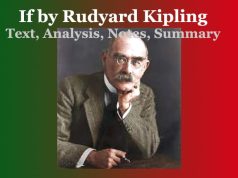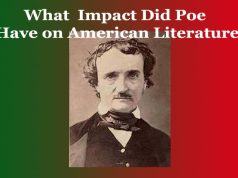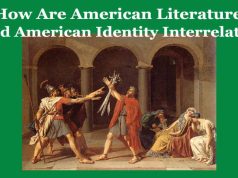Chief Characteristics of Old English
Chief Characteristics of Old English
Chief Characteristics of Old English
Introduction
Old English, used in England from roughly 450 AD to 1150 AD, was a language that significantly shaped the roots of the modern English we speak today. Its characteristics marked a distinct and formative phase in linguistic history, deeply rooted in Germanic origins but influenced by the interactions of various cultures in early medieval England.
Chief Characteristics of Old English
Germanic Roots: Old English evolved from the language spoken by Germanic tribes, particularly the Angles, Saxons, and Jutes, who settled in England. These linguistic roots had many similarities to other Germanic languages, with words, grammar, and structures that differ significantly from present-day English.
Complex Grammar: The grammar of Old English was intricate and had a more complex structure compared to contemporary English. It employed inflections to denote gender, number, and case, akin to how we use “he, his, him” today. Nouns, pronouns, adjectives, and verbs changed their forms to show their roles in sentences.
Influence from Other Languages: Old English wasn’t isolated; it interacted with various languages due to historical events. Norse invaders, Latin-speaking Christian missionaries, and the Norman Conquest in 1066 brought Norse, Latin, and French words into the language. This amalgamation added richness and depth to its vocabulary.
Limited Vocabulary: The lexicon of Old English was notably smaller than that of contemporary English. It had various words for concepts and objects that are described by a single word in modern English, reflecting a more descriptive and specific language.
Different Sounds and Orthography: Old English sounds differed from present-day English, and its written form used a different alphabet, featuring letters and characters that have faded from use. This contributed to significant variations in both pronunciation and spelling.
Conclusion:
These characteristics collectively paint a picture of a language that was rich in history and cultural influences, paving the way for the linguistic evolution that led to the modern English we use today. Old English represents a crucial chapter in the narrative of language development, showcasing the fusion of diverse linguistic elements. 0 0 0.
Chief Characteristics of Old English
You May Like:
- Aga Shahid Ali-Postcard From Kashmir-An Analysis
- Al-Hutayah-His Life and Poetic Career
- John Donne’s Poetry-Chief Characteristics
- Birth & Development of Arabic Poetry
- Chief Characteristics of Modern English
- Birth & Development of Arabic Prose
- Medieval Romance-Chief Characteristics
- The Mahabharata by Vyasa-Review
- Kamala Das-A Losing Battle-An Analytical Study
- John Dryden’s Mac Flecknoe as a Mock Heroic Poem
- Henry Derozio’s To the Pupils of Hindu College-Analysis
- Toru Dutt’s Poetry-Chief Features
- Robert Souithey’s The Scholar-Analysis
- H Deroio’s Song of Hindustanee Minstrel-Analysis
- Derozio’s Chorus of Brahmins-Analysis







